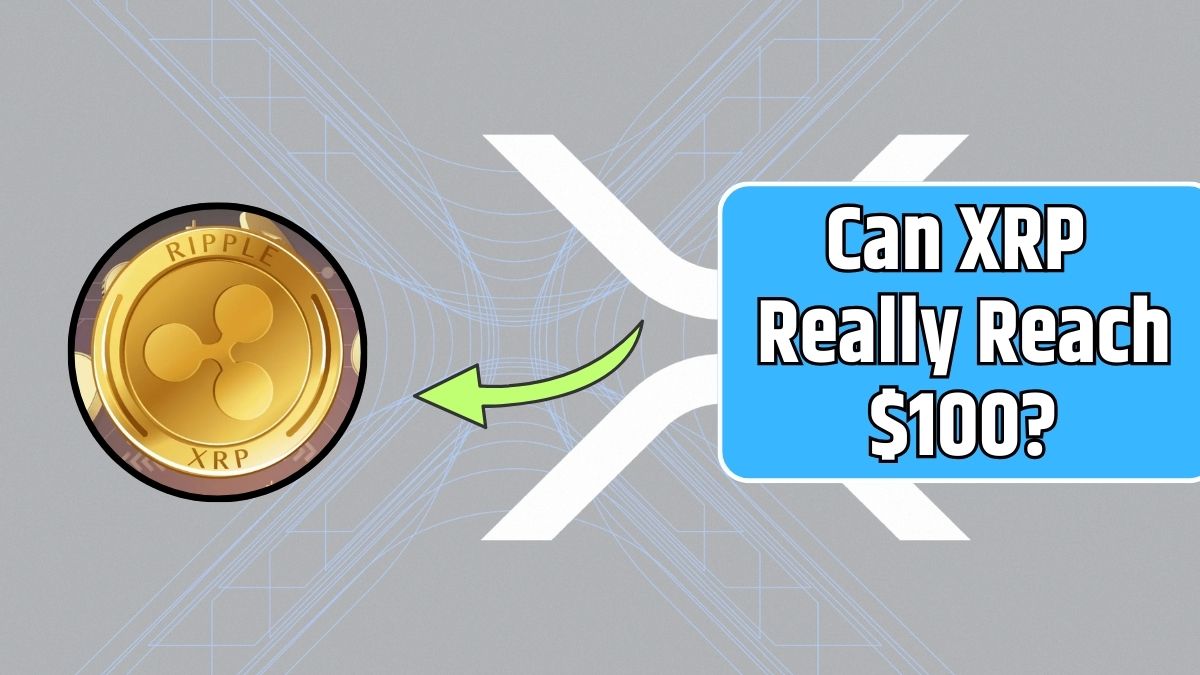Ripple has unveiled its highly anticipated stablecoin, Ripple USD (RLUSD), marking a pivotal moment in the evolution of global payments. Officially launched on December 17, RLUSD is designed to deliver instant settlements, decentralized finance (DeFi) integration, and unparalleled regulatory compliance.
Here’s how RLUSD is set to reshape the financial landscape and redefine the role of stablecoins in global commerce.
What is RLUSD?
Enterprise-Grade Stability
RLUSD is Ripple’s enterprise-grade stablecoin, fully backed by U.S. dollar deposits, government bonds, and cash equivalents.
The asset boasts monthly third-party audits to ensure transparency, giving users and institutions confidence in its stability and trustworthiness.
Regulatory Compliance
Ripple’s approach to RLUSD reflects a strong focus on regulatory rigor. The stablecoin was launched under the New York State Department of Financial Services (NYDFS) limited purpose trust company charter, widely regarded as the gold standard in financial regulation.
This approval underscores RLUSD’s position as a secure, compliant asset for institutional use.
Ripple CEO Brad Garlinghouse stated:
“Ripple made a deliberate choice to launch our stablecoin under the NYDFS limited purpose trust company charter, widely regarded as the premier regulatory standard worldwide.”
Where to Access RLUSD
Initial Listings
RLUSD will initially be available on prominent exchanges, including Uphold, Moonpay, Coinmena, Archax, and Bitso. Other platforms, such as Bullish, Mercado Bitcoin, Zero Hash, Independent Reserve, and Bitstamp, are set to list RLUSD in the near future.
These partnerships extend RLUSD’s reach, allowing users across the globe to access the stablecoin and its benefits.
Key Features
Cross-Border Efficiency
RLUSD aims to revolutionize global payments by enabling instant cross-border settlements. Financial institutions can leverage its liquidity for remittances, streamlining the traditionally slow and costly process of moving money across borders.
DeFi Integration
Ripple has ensured that RLUSD is compatible with both the XRP Ledger and Ethereum blockchains, enabling its seamless integration with DeFi protocols. This dual compatibility enhances its scalability and opens doors to diverse applications, such as collateralizing tokenized real-world assets and real-time treasury operations.
Institutional Utility
With a focus on institutional needs, RLUSD simplifies on- and off-ramping processes between fiat currencies and crypto. It acts as a bridge, facilitating efficient and compliant operations for businesses and financial entities.
Ripple’s Strategic Moves
Advisory Board Additions
To bolster its strategic direction, Ripple has added notable financial leaders to its advisory board. These include Raghuram Rajan, former Governor of the Reserve Bank of India (RBI), and Kenneth Montgomery, former COO of the Federal Reserve Bank of Boston.
Rajan emphasized RLUSD’s potential to transform private payments, describing it as a secure and efficient alternative to traditional systems. Montgomery highlighted its role in modernizing global finance and enhancing financial inclusion.
Expanding Ripple Payments
Early next year, Ripple plans to integrate RLUSD into its Ripple Payments platform, which currently handles $70 billion in annual payments volume. This integration is expected to further extend RLUSD’s utility and establish it as a key player in global financial operations.
A New Benchmark for Stablecoins
With its strong regulatory backing, dual blockchain compatibility, and focus on institutional adoption, RLUSD is poised to set a new standard for stablecoins.
Ripple’s strategic partnerships and innovation-driven approach ensure that RLUSD will play a central role in the ongoing modernization of global finance.
As RLUSD goes live, it’s clear that Ripple is not just launching a stablecoin—it’s redefining the future of payments.











